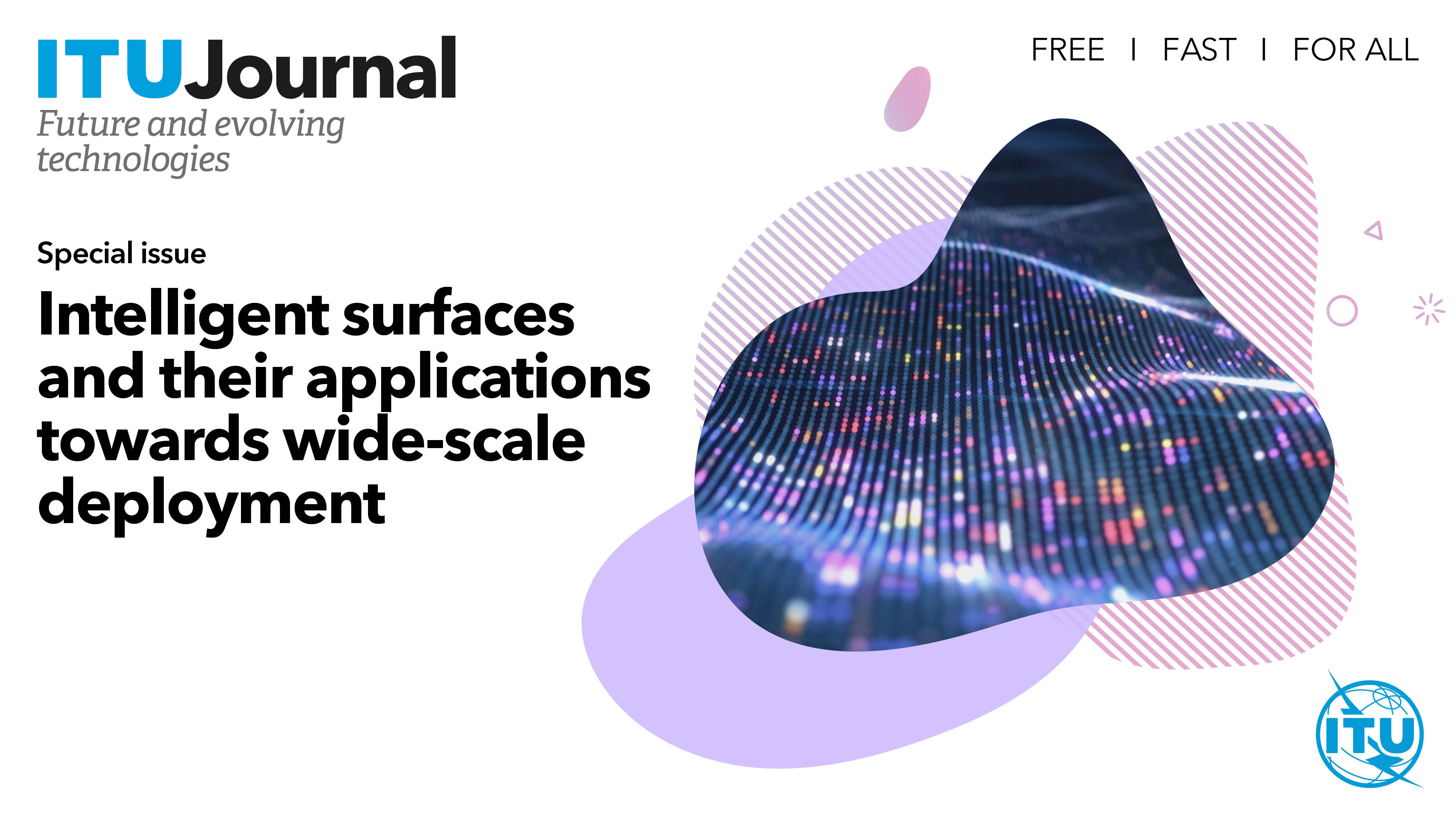
Theme
Many innovative applications which rely on the control of the propagation of wireless signals in a 3D space have appeared in the literature, including in some cases pilot studies and experimental evaluations. The wide-ranging applications are enabled by engineered functionalities including electromagnetic invisibility, total radiation absorption, filtering and steering of impinging waves, as well as ultra-efficient, miniaturized antennas for sensors and implantable communication devices. These novel applications are normally realized by intelligent surfaces, which have become known under different nomenclature, including intelligent walls, large intelligent surfaces, intelligent reflecting surfaces, reconfigurable intelligent surfaces, and hypersurfaces, with some having the same meaning and others having subtle differences. Metasurfaces, as well as conceptually related technologies, such as phased antenna arrays and reflectarrays are commonly used; these material types comprise a set of controllably radiating elements arranged over a 2D layout, with each technology offering a range of supported functions and efficiency degrees.
Programmable wireless environments and smart radio environments have been widely socialized in the communications field, addressing diverse topics such as the control and optimization of the wireless propagation environment, mitigation of pathloss, multipath fading, Doppler effects, spectrum sensing, security and experimental implementation aspects. Moreover, the intelligent surface technology is currently studied from the aspect of integration into other real-world systems.
However, to realize diverse intelligent surfaces supported by applications in widely deployed systems, a comprehensive treatment of intelligent surfaces covering all system aspects, such as an end-to-end system model, a model of the environment, the constituent hardware and software, the control approaches and protocols, the deployment economics, as well as the theoretical foundations end-to-end still remain largely unanswered.
This special issue welcomes studies on all aspects of intelligent metasurfaces, from electromagnetic designs and electronics of metasurfaces and related manufacturing processes, to system integration and high-level control approaches, and 56/6G wireless channel engineering applications. Works emphasizing on the end-to-end behavior of systems incorporating metasurfaces are of particular interest to the special issue.
Keywords
Intelligent surfaces, metasurfaces, smart radio environments, intelligent metasurfaces, design, manufacturing, optimization, machine learning, theoretical foundations, resource modeling, resource orchestration, networking, protocols, SDN, 5G/6G, deployment, security, applications, scalability, cost analysis, system design, challenges
Tracks
-
Physical-layer studies
- Network-layer studies
- Application-layer studies
- Verticals (any layer or cross-layer)
Prospective authors are cordially invited to submit technical contributions, surveys, position papers or point of view articles on the suggested topics listed in the
FULL call for papers.
Best papers awards
The authors of the three best papers, as judged by the Editorial Board of this special issue, will be awarded and permanently mentioned at the special issue’s homepage.
Leading Guest Editor
Guest Editors
 Andreas Pitsillides, University of Cyprus, Cyprus & University of Johannesburg, South Africa Andreas Pitsillides, University of Cyprus, Cyprus & University of Johannesburg, South Africa
|
 Tie Jun Cui, Southeast University, Nanjing, China Tie Jun Cui, Southeast University, Nanjing, China
|
 Marios Lestas, Frederick University, Cyprus Marios Lestas, Frederick University, Cyprus
|
 Evangelos Papapetrou, University of Ioannina, Greece Evangelos Papapetrou, University of Ioannina, Greece
|
 Stefan Schmid, University of Vienna, Austria Stefan Schmid, University of Vienna, Austria
|
 Dimitrios Sounas, Wayne State University, USA Dimitrios Sounas, Wayne State University, USA
|